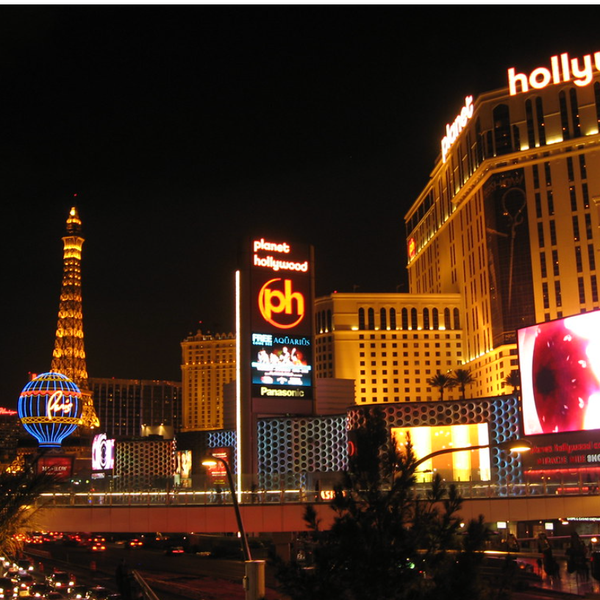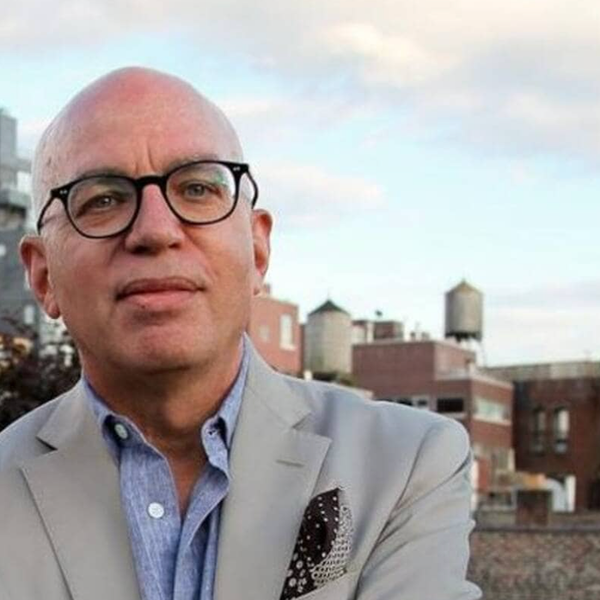Weekend Reader: Our Divided Political Heart: The Battle For The American Idea In An Age Of Discontent
 The following is excerpted from E.J. Dionne’s new book, Our Divided Political Heart: The Battle For The American Idea In An Age Of Discontent.
The following is excerpted from E.J. Dionne’s new book, Our Divided Political Heart: The Battle For The American Idea In An Age Of Discontent. You can purchase it here.
At its heart, the Tea Party consisted of nothing more (or less) than conservative Republicans who had opposed Barack Obama in 2008 and were angry that he was pursuing the policies he’d run on. Many were also upset over the failures of the Bush presidency and their sense that Bush had been a “big spender,” which was certainly true when it came to Iraq.
Astute marketing, not philosophical innovation, is what set the Tea Party apart. It was conservative Republicanism with a sharper tilt rightward. It enjoyed the additional advantages of its own television network in Fox News, a nationwide troupe of talk radio hosts, a considerable bankroll—its most famous angels being the wealthy Koch brothers—and the energies of Sarah Palin, whom every segment of the media could not get enough of in the years 2009 and 2010, before she began to fade.
A New York Times/CBS News survey in April 2010 was especially helpful in debunking the idea that the Tea Party was a bold new populist movement. The Times reported that Tea Party supporters accounted for about a fifth of the country and tended to be “Republican, white, male, married and older than 45.” It was hard to find a better description of the GOP base. They were also more affluent and better educated than Americans as a whole. If this was populism, it was the populism of the privileged, or at least the comfortable.
The Tea Party was in many ways a throwback movement—to the 1930s and also to the 1950s and early 1960s. Like the right wing in those earlier years, it saw most of the domestic policies the federal government had undertaken since the Progressive Era and the New Deal as unconstitutional. Like its forebears, the Tea Party typically perceived the most dangerous threats to freedom as coming not from abroad but from the designs of well-educated elitists out of touch with “American values.”
The language of these Obama-era anti-statists, like the language of the 1950s right, regularly invoked the Founders by way of describing the threats to liberty presented by socialists disguised as liberals. A group called Tea Party Patriots (many Tea Party groups donned the colors of patriotism) described itself as “a community committed to standing together, shoulder to shoulder, to protect our country and the Constitution upon which we were founded!” Tea Party Nation called itself “a user-driven group of like-minded people who desire our God-given individual freedoms written out by the Founding Fathers.”
This was old right-wing stuff. Americans for Constitutional Action, a mainstream conservative group founded in 1958 (which was also the John Birch Society’s founding year), had declared itself against “compulsory participation in social security, mandatory wage rates, compulsory membership in labor organizations, fixed rent controls, restrictions on choice of tenants and purchasers of one’s property” [a protest against civil rights laws then beginning to win public support] and in support of “progressive repeal of the socialistic laws now on our books.”
Attacks on a highly educated class have become a staple of conservative criticisms of Obama and his circle, and these, too, have a long right-wing pedigree. Typical of this style of anti-elitism were comments on a website called conservativeteapartycaliforniastyle.com that included a pictorial assault on what it called “Obamunism,” with the sickle and hammer integrated into Obama’s 2008 campaign logo. “You attempt to be Professorial, Mr. President, and no one is impressed,” wrote a blogger called Paul. “Americans are now resentful of anyone who has an Ivy League Education because this demonstrates how far detached the Ivy Leaguers are from the American People. Demonizing the Tea Party will be your downfall. The more you insult them, the stronger they will become.”
Robert Welch, the founder of the John Birch Society, had a similar message in 1966, although he expressed it more jauntily. “I can find you a lot more Harvard accents in Communist circles in America today,” he declared, “than you can find me overalls.” A 1967 Birch Society publication asserted: “From Woodrow Wilson—himself a professor—to Lyndon Johnson, we have had nothing but Presidents surrounded by professors and scholars.” The writer warned against a “conspiracy conceived, organized and activated by professionals and intellectuals, many of them brilliant but cunning and clever, who decided to put their minds in the service of total evil.”
The similarities between parts of the Tea Party and the old far right pointed to a darker side of the movement—a minority, perhaps, but a vocal one—that veered toward both extremism and racism. The Obama ascendancy clearly radicalized parts of the conservative movement, giving life to conspiracy theories long buried and explicit forms of racial politics that had largely gone underground since the successes of the civil rights movement.
Defenders of the Tea Party cried foul whenever anyone suggested that, in light of the president’s background, race might have something to do with the movement’s ferocity. And it’s true that a conservative, libertarian, and right- wing ideology was more central to the movement than race. A white female progressive president might also have incited a backlash. Nonetheless, the Times/CBS News Poll made clear that the racial attitudes of Tea Party supporters were significantly different from those of the rest of the country.
© 2013 by E.J. Dionne Jr. Reprinted by permission of Bloomsbury.








